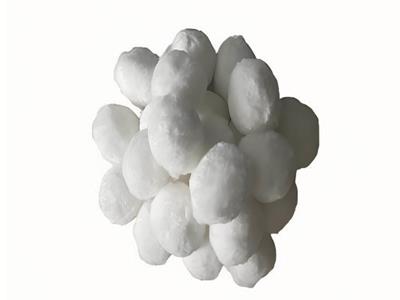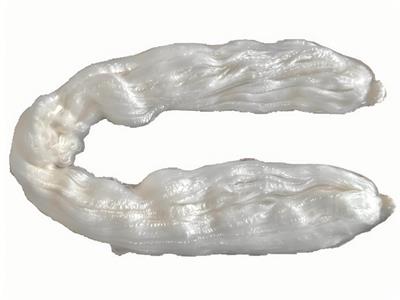- 2025-07-07
Alluvial
Alluvial deposits refer to loose accumulations formed by the transportation and deposition of materials through the erosive action of water (such as streams and rivers scouring). Typical formation scenarios include:
Shallow areas of rivers——where reduced flow velocity leads to large-scale sediment deposition
Deltas and floodplains——where water diffusion causes concentrated sediment accumulation
Areas of rapid flow variation—such as where rivers enter lakes and kinetic energy drops sharply
These sediments are widely distributed in the substrates of various soil types, primarily composed of a mixture of sand grains, pebbles, silt, and clay, often rich in organic matter. Alluvial layers, due to nutrient accumulation, form extremely fertile soils, giving rise to famous agricultural deltas like the Nile, the Ganges-Brahmaputra, etc. At the same time, their sedimentary layers contain important mineral resources, including placer gold, platinum, cassiterite, gemstones, and other types of placer deposits. Such geological relics have been discovered in most river basins worldwide.






